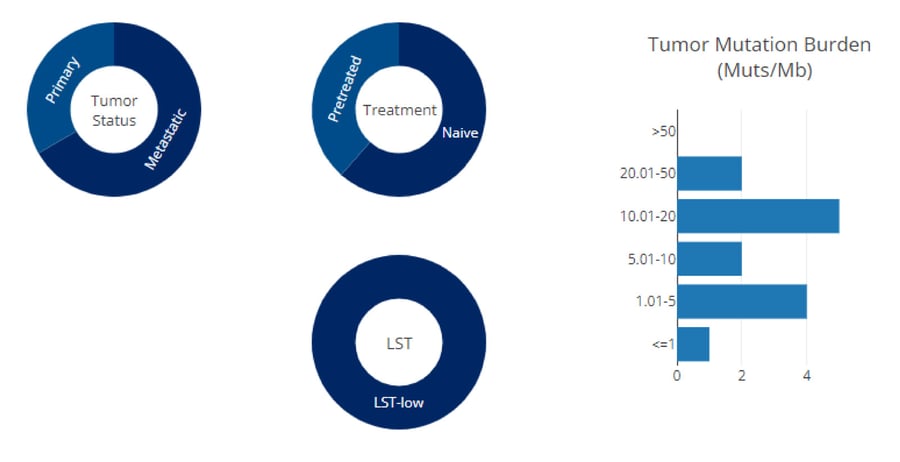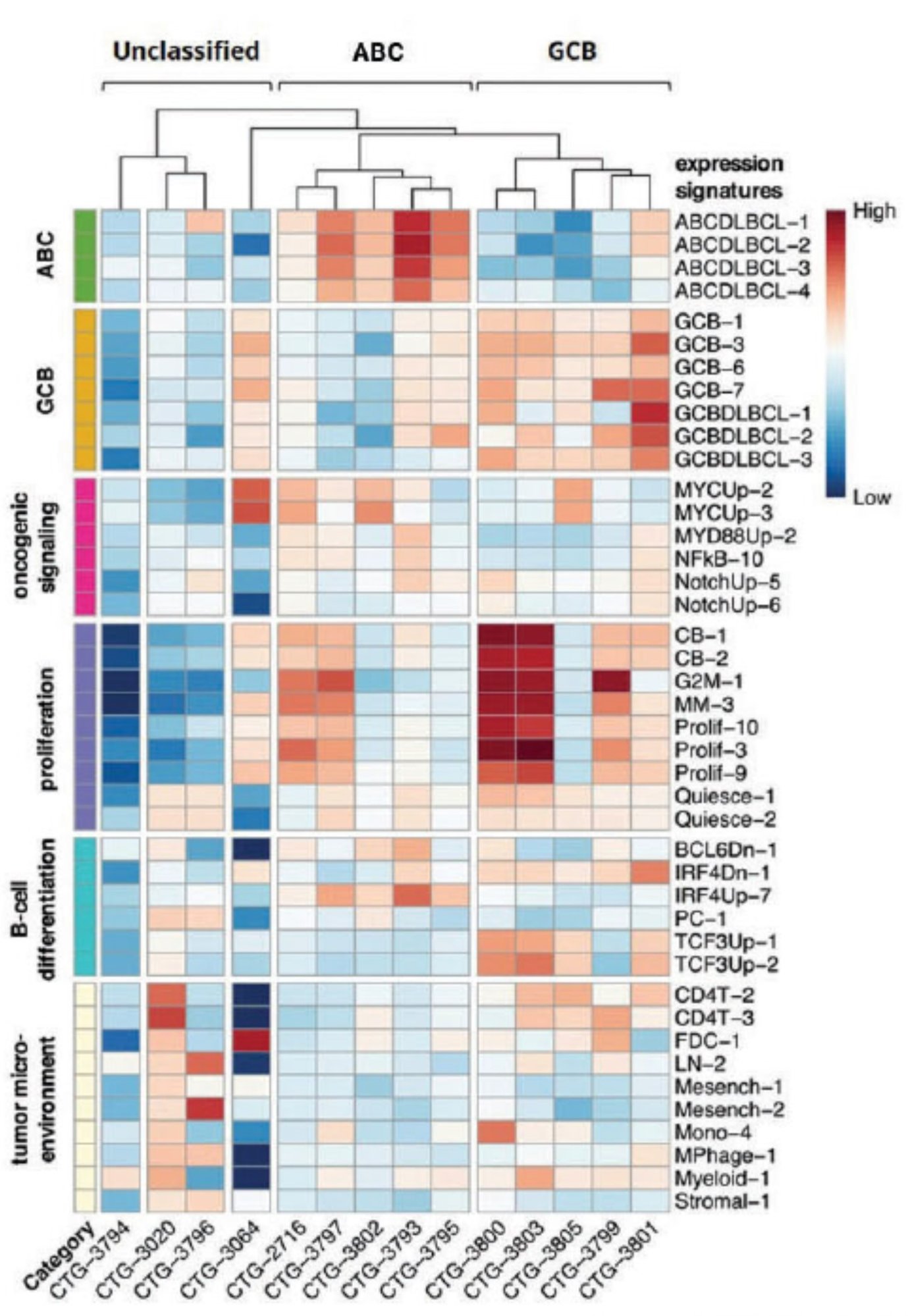DLBCL In Vivo Screen
Accelerate your efforts in developing therapies for Diffuse Large B Cell Lymphoma (DLBCL) by participating in our industry-leading DLBCL in vivo screening, featuring 17 DLBCL pre-treated and naive PDX models.
PDX models with clinically relevant mutations and molecular characteristics for selection.
PDX Models pre-treated with over 15 distinct treatment types, including CAR-T, DICE, and EPOCH.
Evaluate your DLBCL drug candidates using our advanced in vivo screening platform, featuring an expansive biobank of 17 pre-treated and treatment-naïve patient-derived xenograft (PDX) models. Our carefully curated PDX collection encompasses models treated with key cancer therapies such as CAR-T, DICE, and EPOCH. Notably, model CTG-3879 originated from a patient who progressed on a lenalidomide and tafasitamab-cxix combination, an anti-CD19 antibody therapy, post-collection.
Enroll your therapeutics to advance your cancer drug development project forward. Our PDX models meticulously maintain clinically significant molecular characteristics of tumors, crucial for thorough in vivo evaluations and reliable data results.
What makes DLBCL In Vivo Screen the ideal choice for your project?
- Comprehensive model characterization (stored in Lumin) with:
☑️ Robust clinical data annotations
☑️ NGS (RNA-seq and WES) analysis
☑️ Proteomics and phospho-proteomics - 50% off of a Standard of Care agent arm (selected by Champions)
- No minimum number of models to enroll and you can select the models you want to screen.
- Terminal tumor collections for target validation are available upon request (Snap Frozen/FFPE).
- Several endpoint data options available including Flow Cytometry and IHC to quantify target expression and critical phenotypical changes (available upon request).

Figure 1: Champions cutting-edge data interpretation software Lumin can generate extensive multi-omic data on 17 PDX models included in the DLBCL In Vivo Screen. These models are derived from distinct tumor types and encompass various tumor statuses (primary vs metastatic), treatment histories (naive vs pretreated), and mutation burdens. This wealth of information is invaluable to researchers, aiding them in their decision-making processes.

Figure 2: Treatment responses of three PDX models, namely CTG-3064, CTG-3793, and CTG-3803, as part of the DLBCL In Vivo screen, to standard-of-care treatment.

DLBCL In Vivo Screen PDX Models Mutation Clustering
Utilizing Lumin, our Clustering Heatmap tool is a web-based application designed to visually interpret and analyze complex data through interactive and shareable hierarchically clustered heatmaps.
-
Visualize expression signatures and the prevalence of driver mutations in each PDX model.
-
Gain profound insights by exploring RNA-seq, WES, proteomics, and phospho-proteomics datasets.
-
Harness quality data from extensive datasets to drive informed decision-making.
